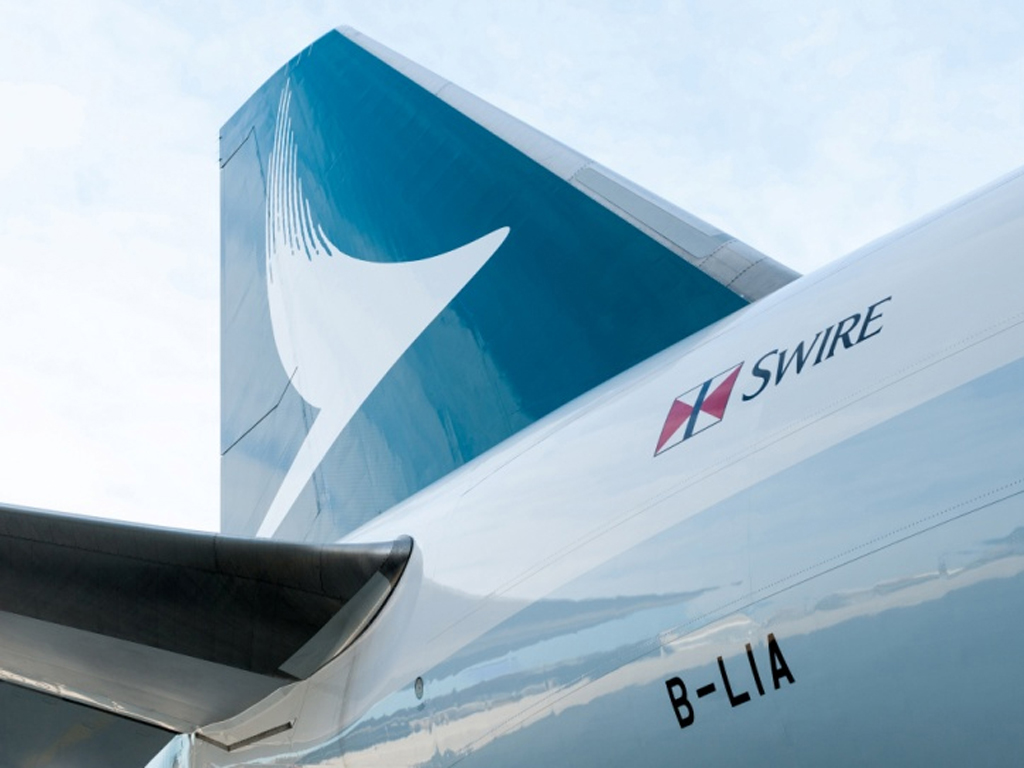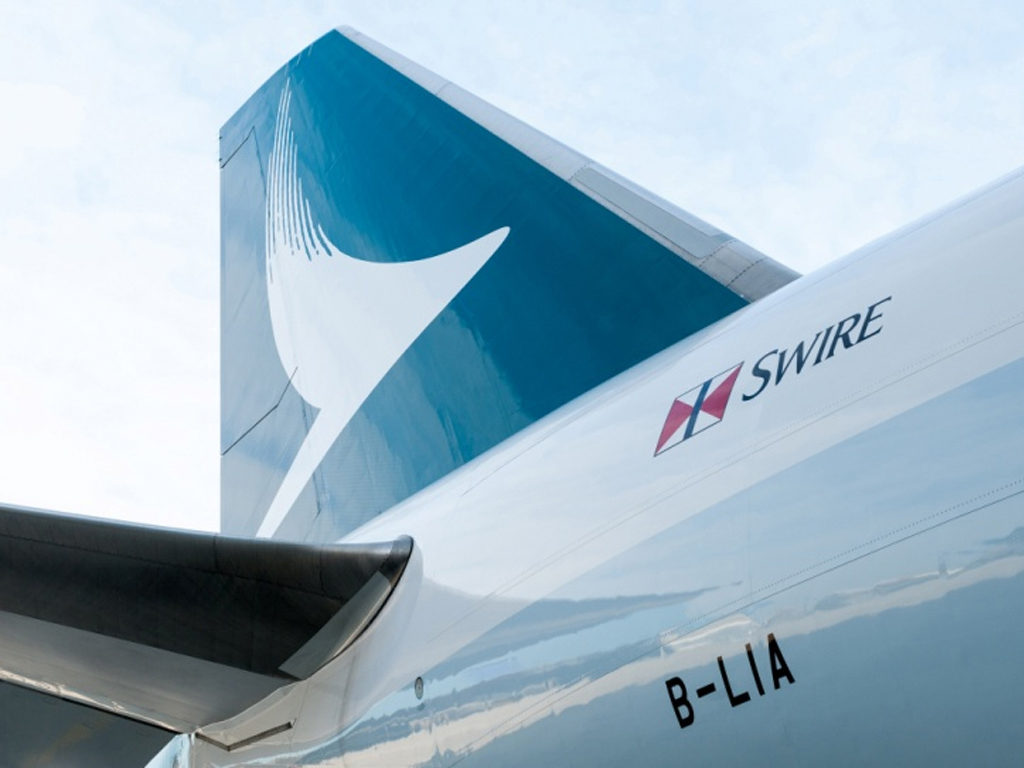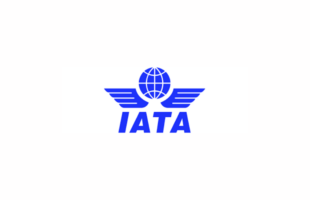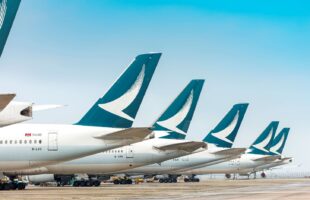

Hong Kong’s main airline is targeting net-zero carbon emissions by 2050 to help reduce the less than 3 percent of the world’s man-made carbon emissions produced by the aviation industry.
Cathay Pacific Group laid out a three-pronged approach to reaching carbon neutrality. The airline will invest in sustainable aviation fuel (SAF) and increase its use, with the aim of making it viable for mainstream adoption.
It said it will purchase 1.1 million tonnes of the converted fuel over the next decade, which is around 2 percent of its total fuel requirements from 2023 onwards. It is looking at previous engagements to make this happen, such as Fulcrum BioEnergy, where it invested in 2014. The company converts everyday household waste into sustainable fuel.
Also read: Airlines, stakeholders discuss future on sustainable fuel
Whilst the use of such technology is still in its nascent stages, for the near term, Cathay Pacific is banking on its carbon offset programme to reduce carbon emissions. It has also been offsetting emissions for employee business travel since 2007 and has logged over 300,000 tonnes of carbon offset to date.
The Hong Kong flag carrier is also upgrading to a new fuel-efficient fleet and reducing engine use on the ground to reduce emissions. Cathay said it will cut its ground emissions by 32 percent from the 2018 baseline before the end of 2030.
“The unprecedented pandemic has shaken the world and showed us that ‘business as usual’ is not an option when dealing with an imminent global risk,” said Cathay Pacific chief Augustus Tang, claiming that climate change, potentially a more disruptive crisis, calls for “ramped-up efforts.”
“Our net-zero pledge aligns with the requirements laid out in the UN’s Intergovernmental Panel on Climate Change (IPCC) and the Paris Agreement, and provides the focus we need in aligning our strategy – from fleet planning and carbon offsetting to further investment in sustainable aviation fuel and the development of new technologies,” Tang added.









